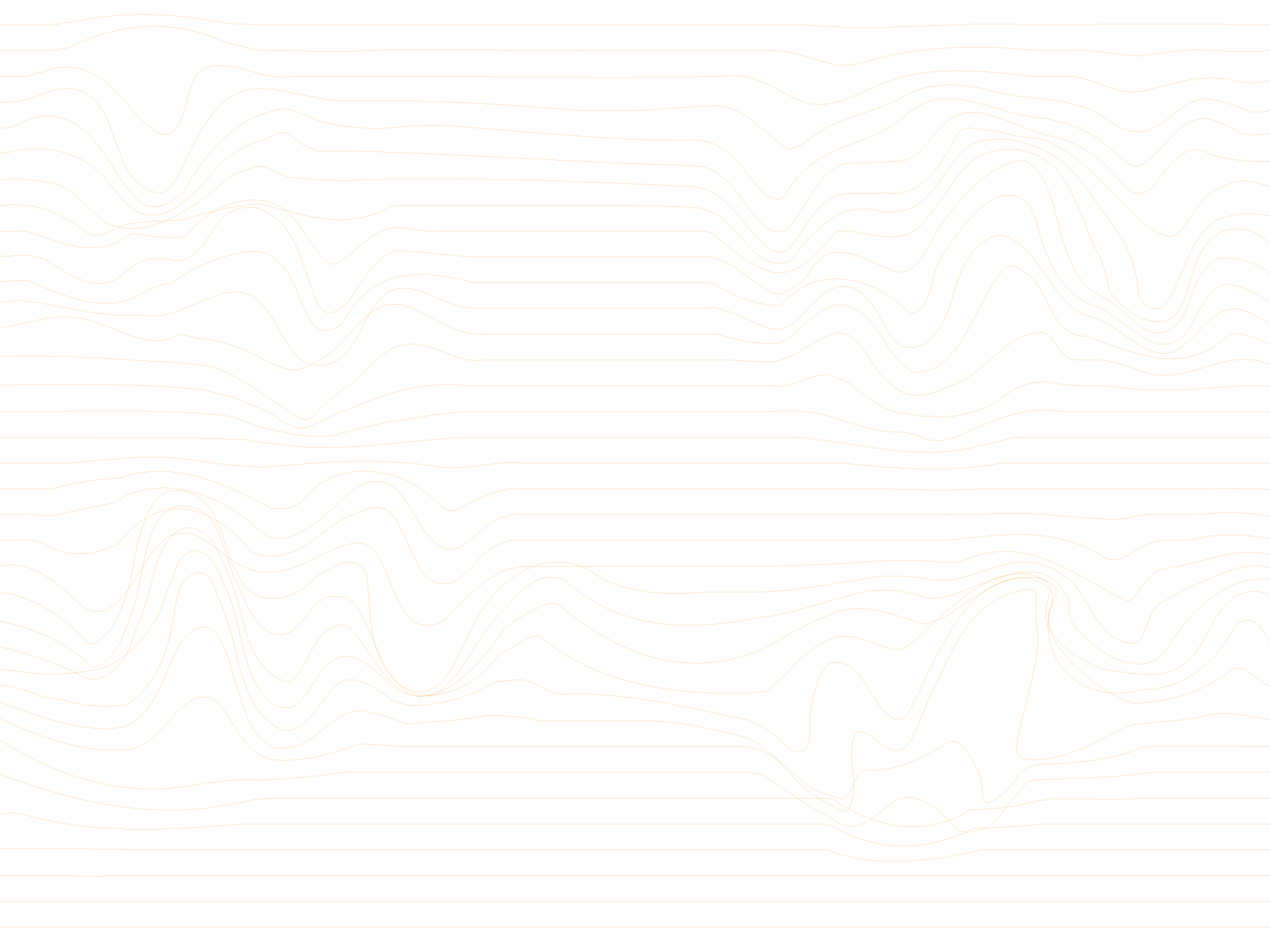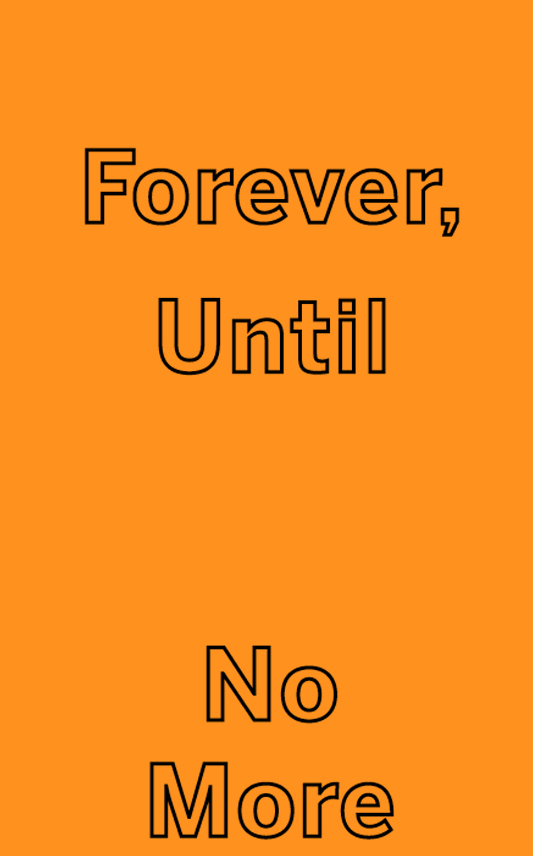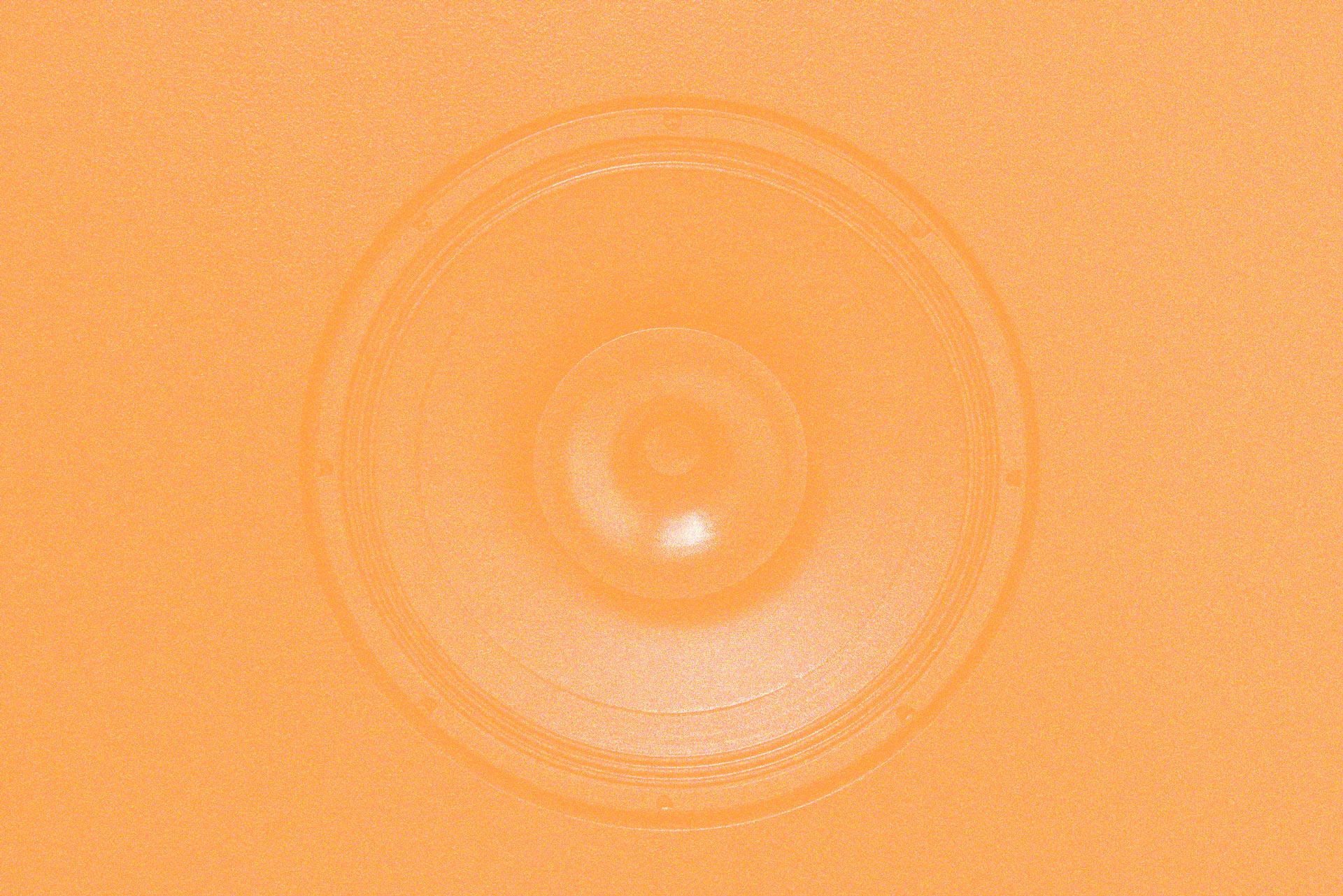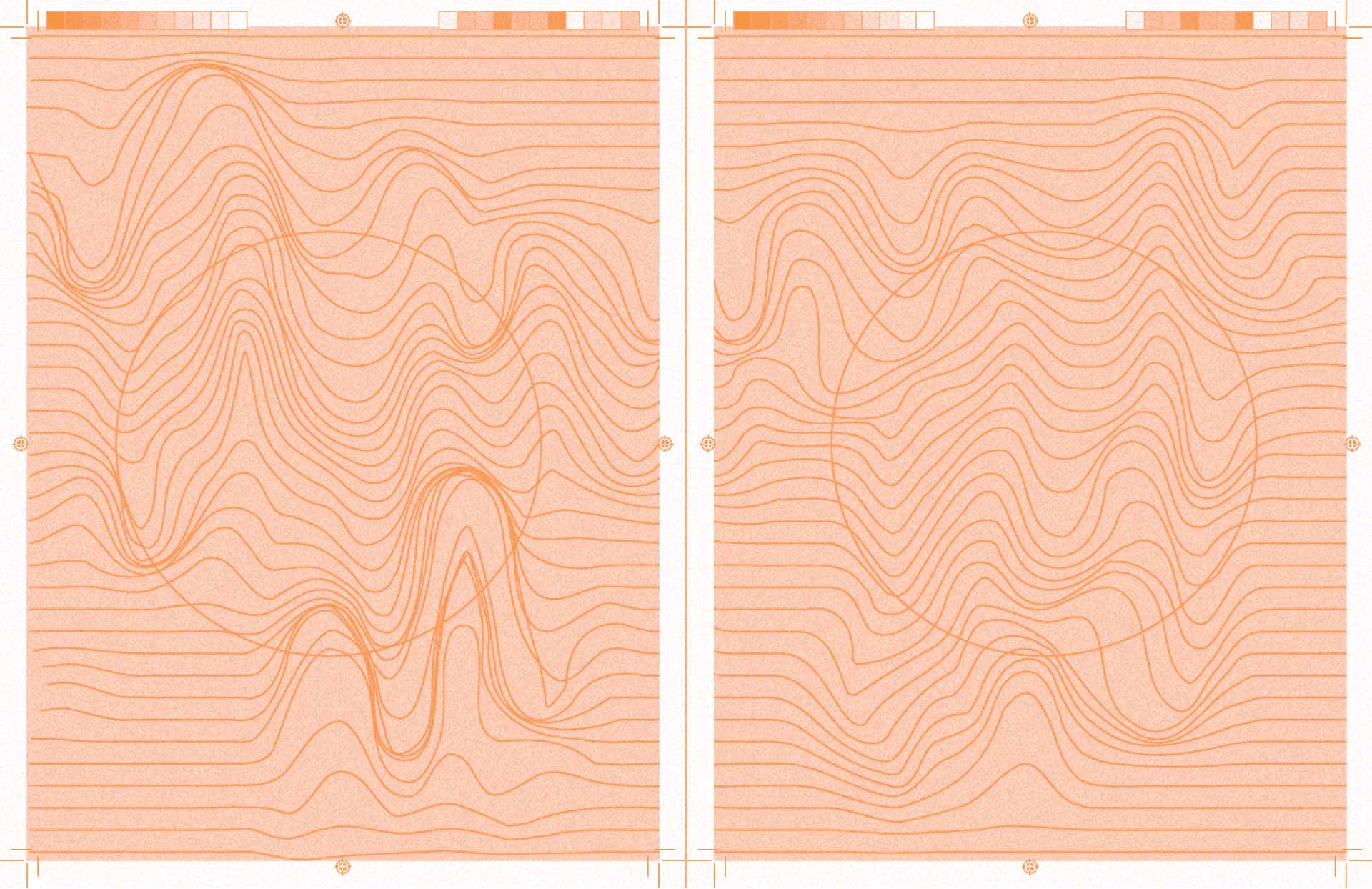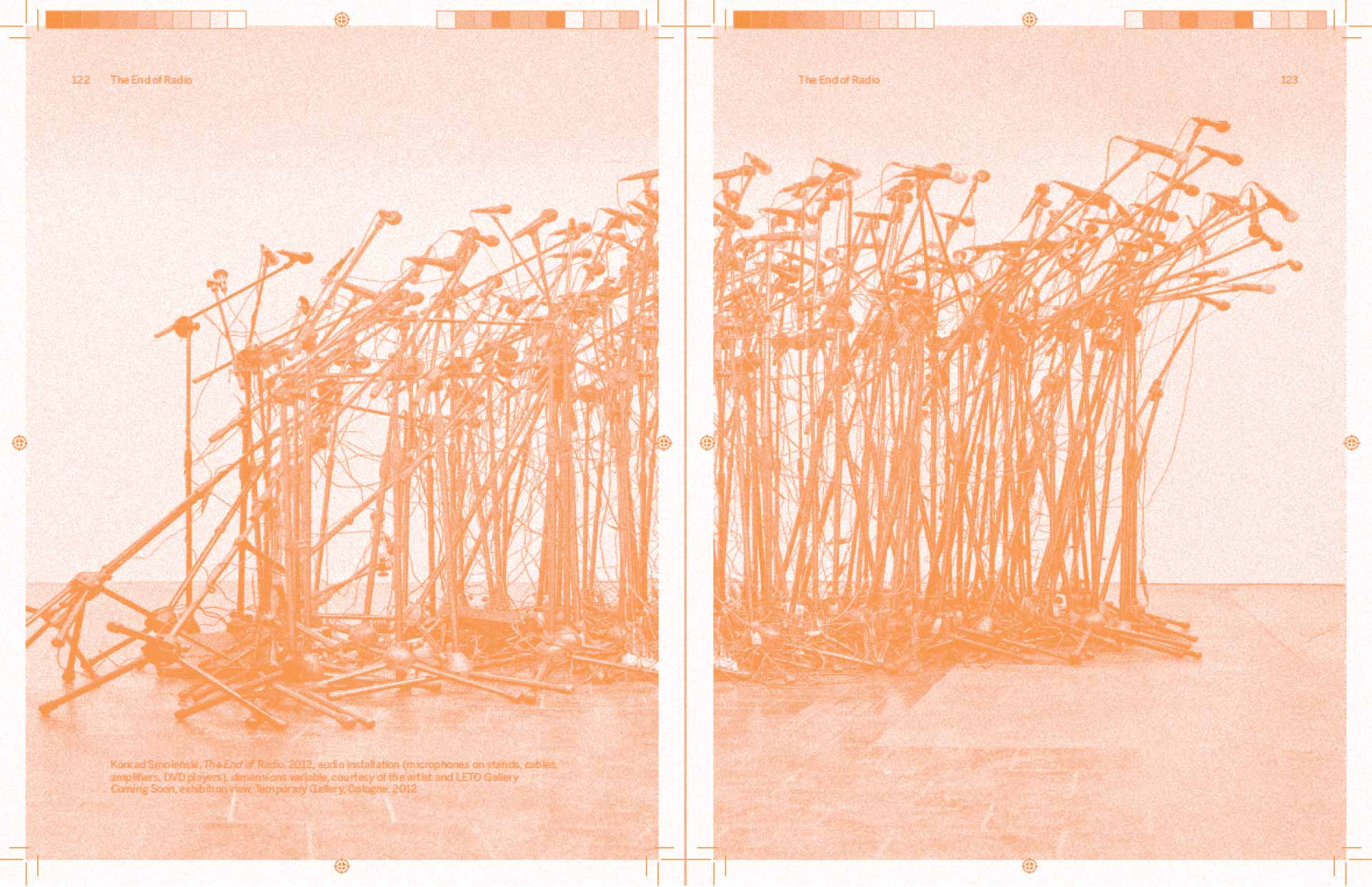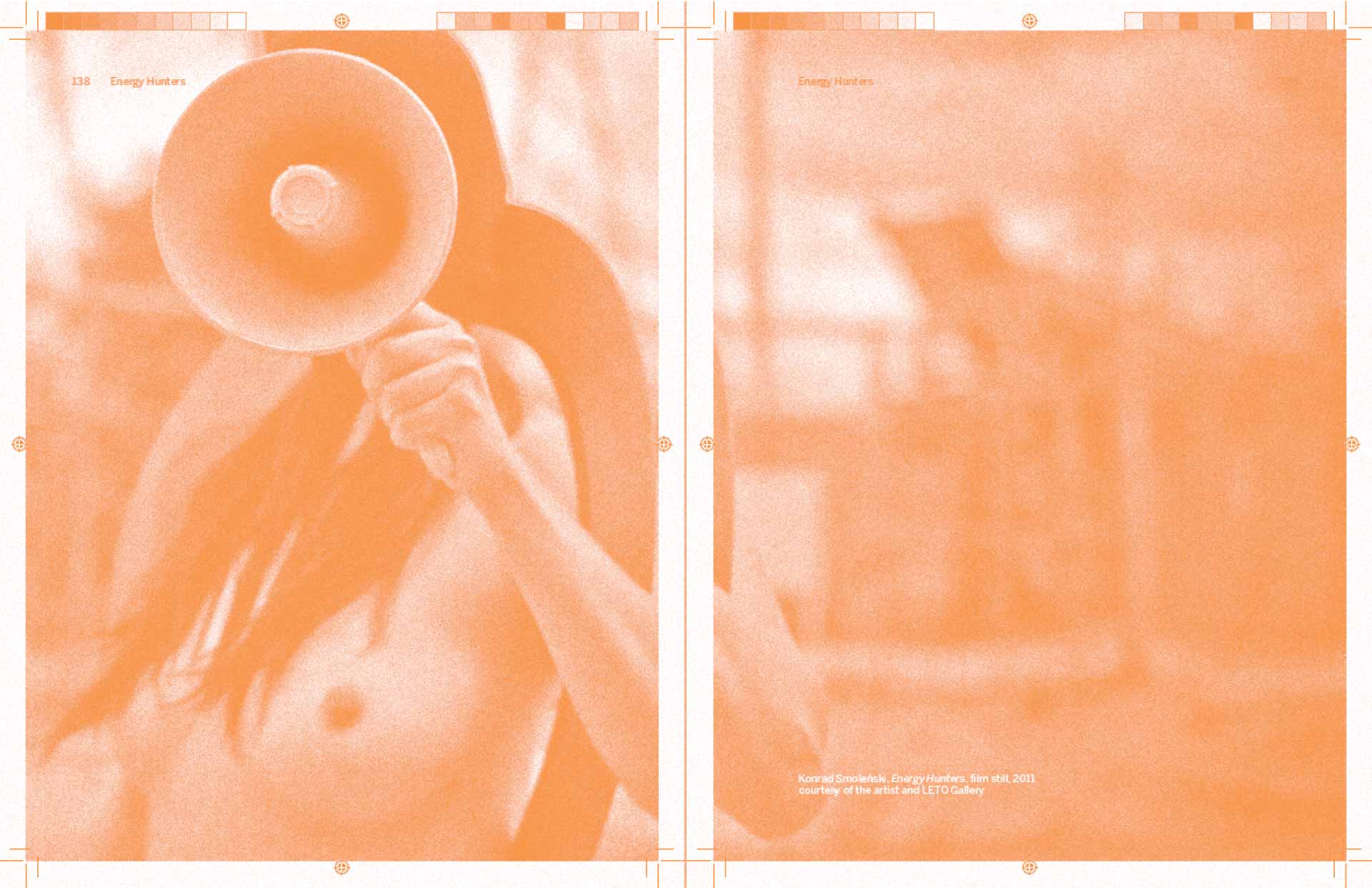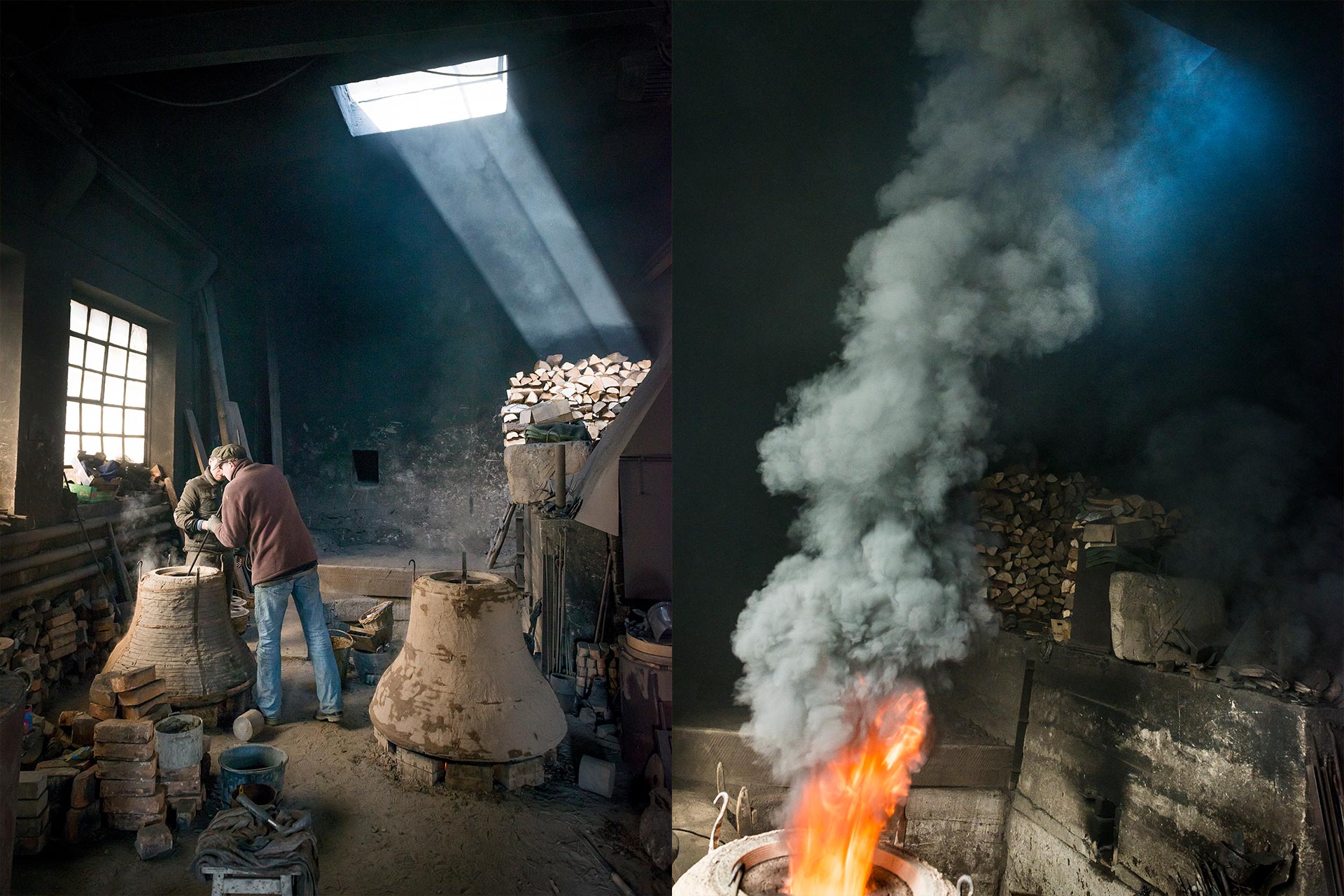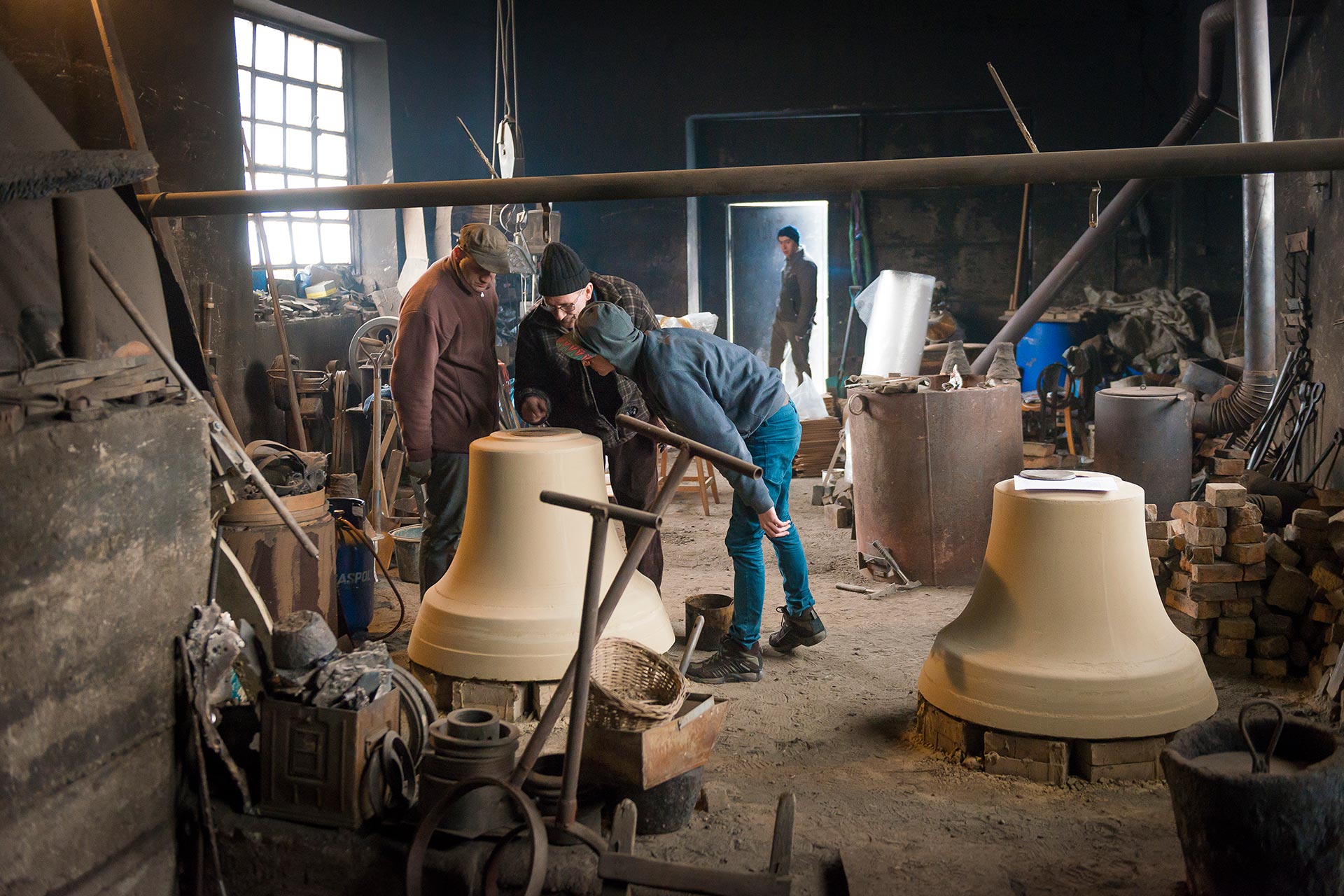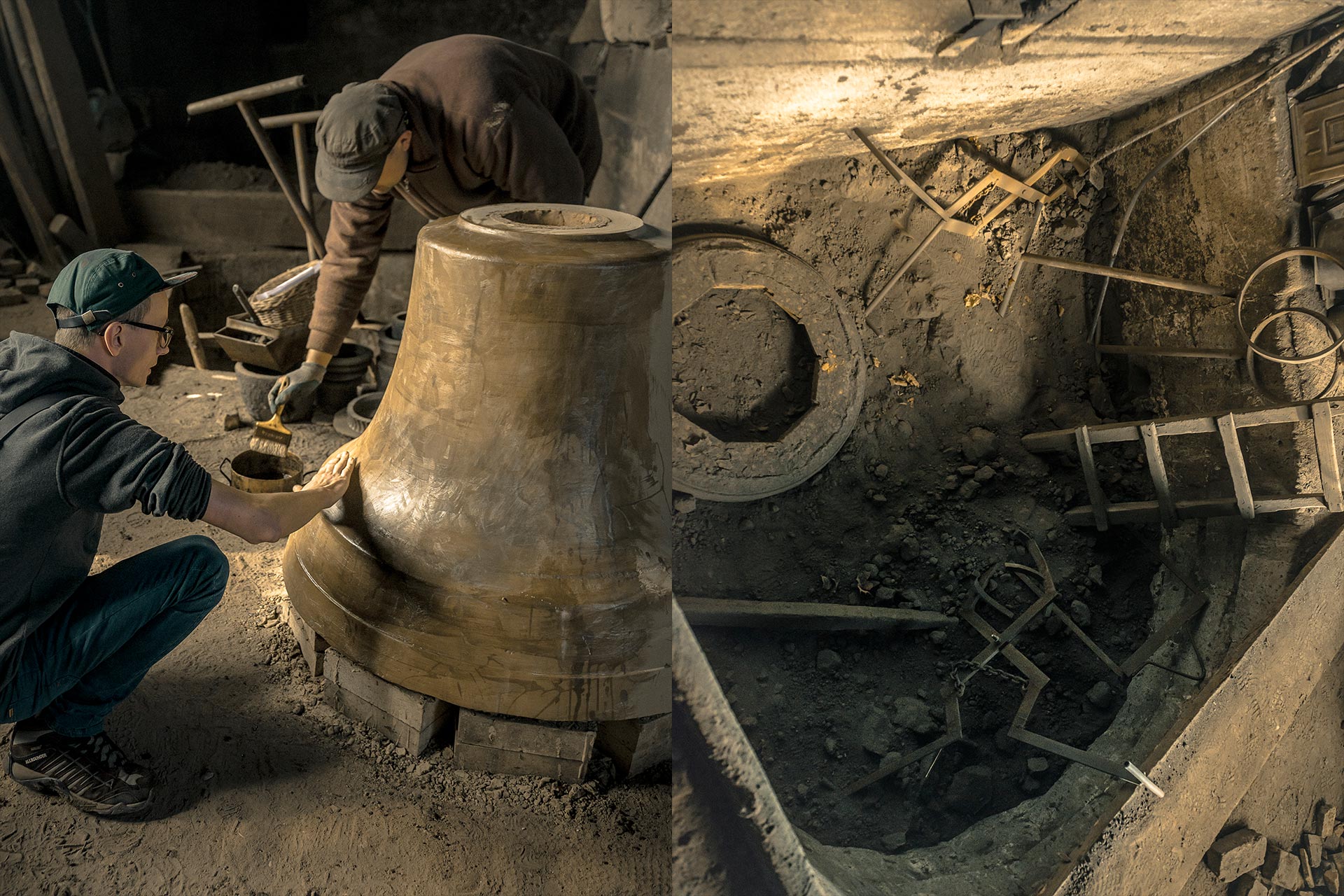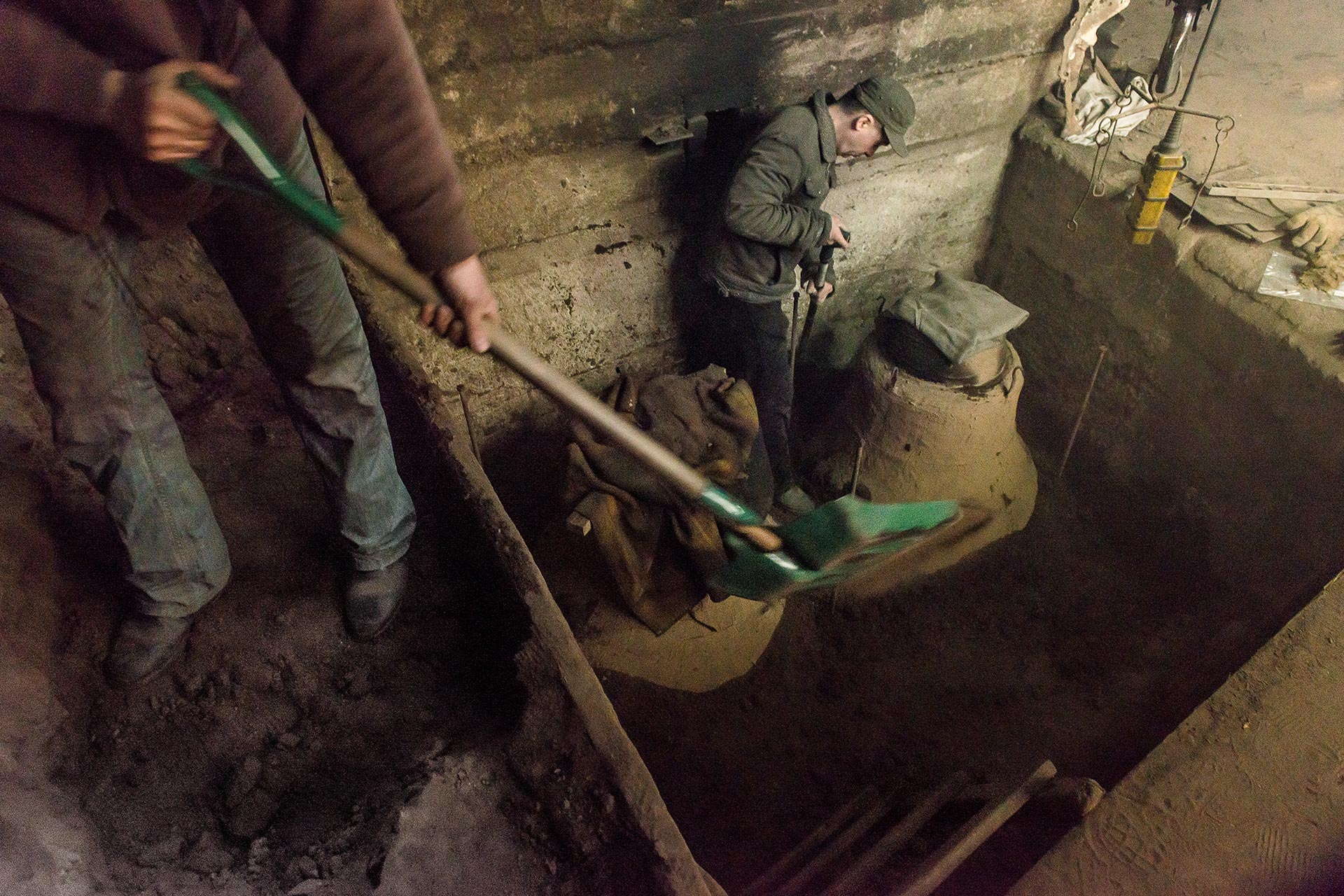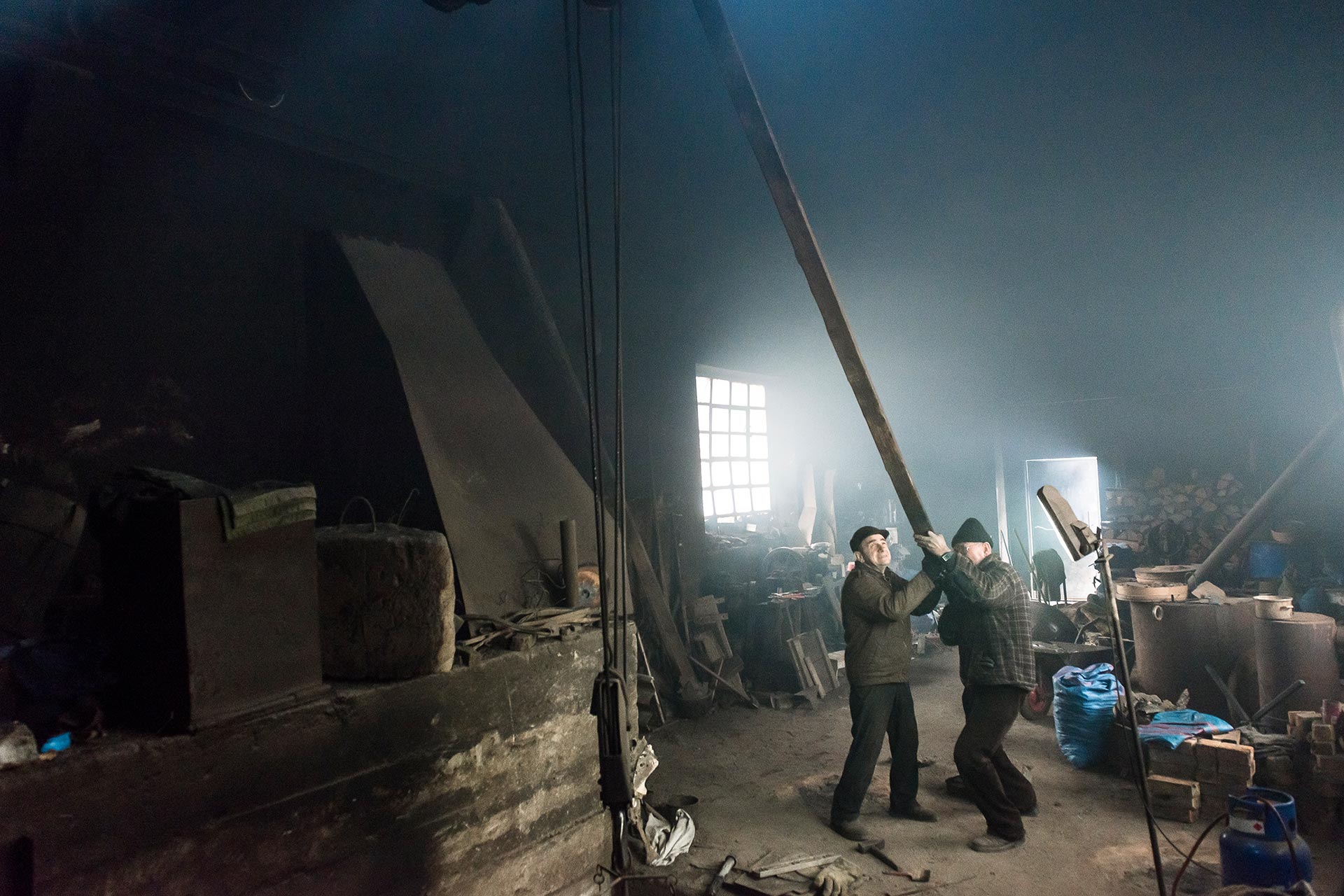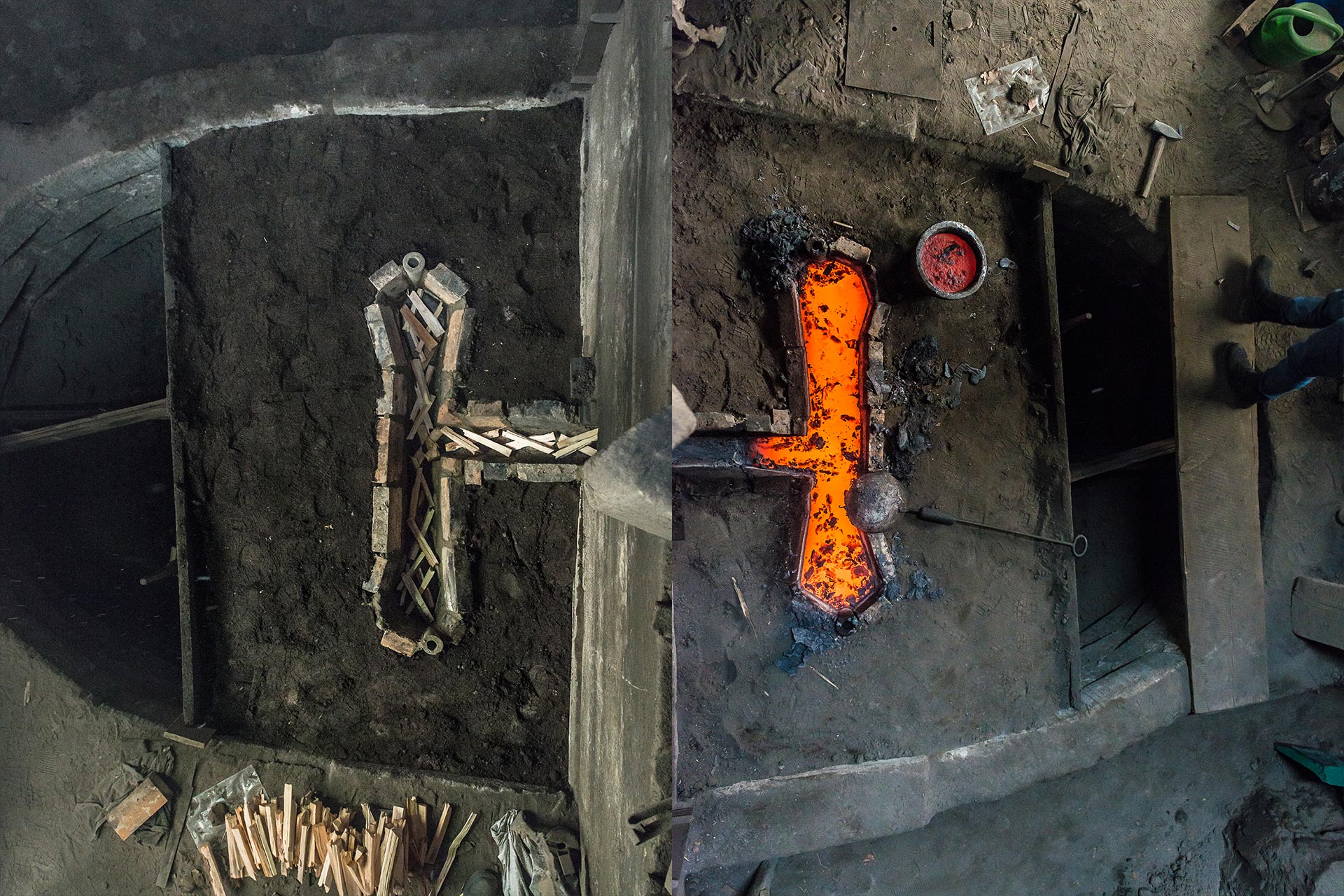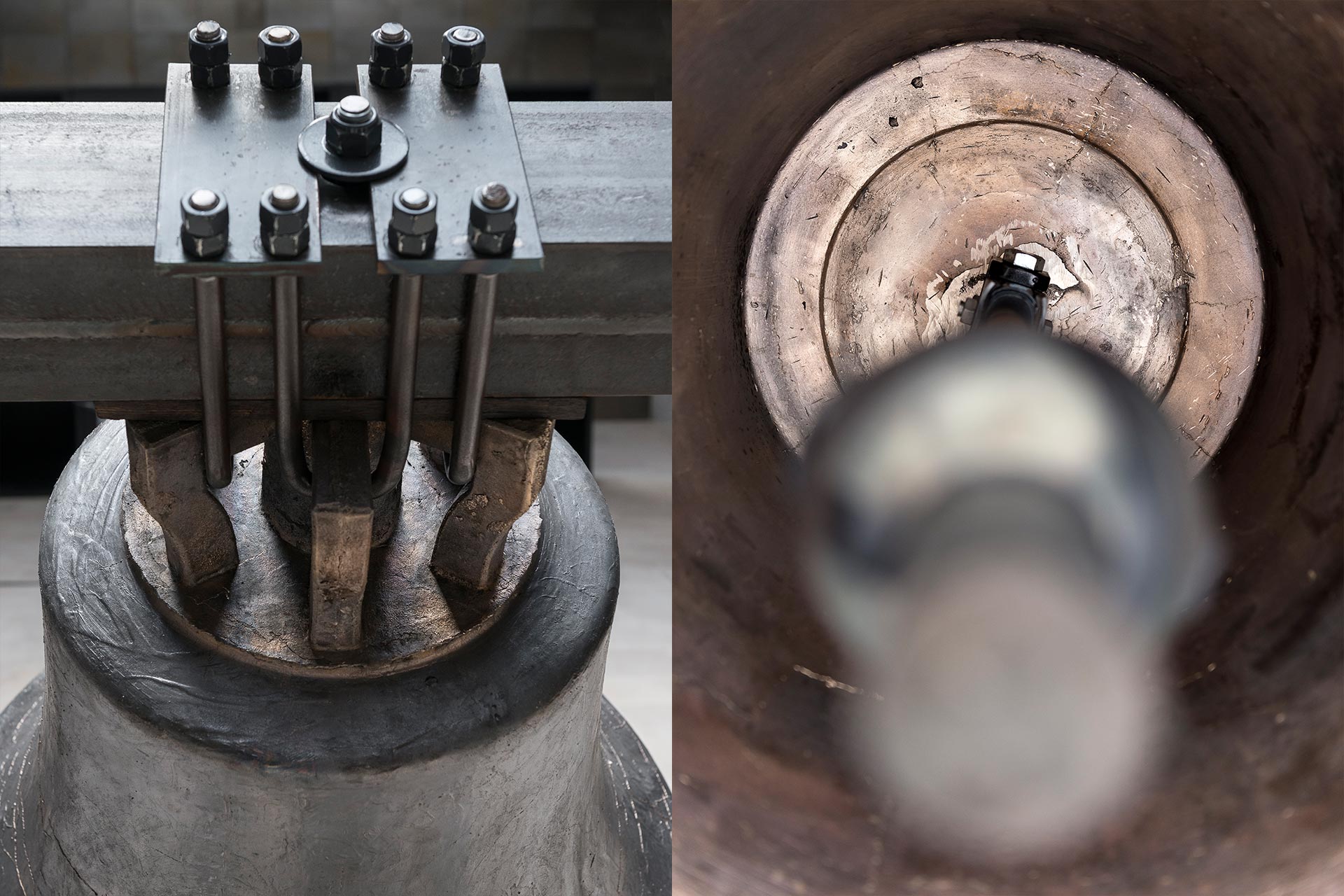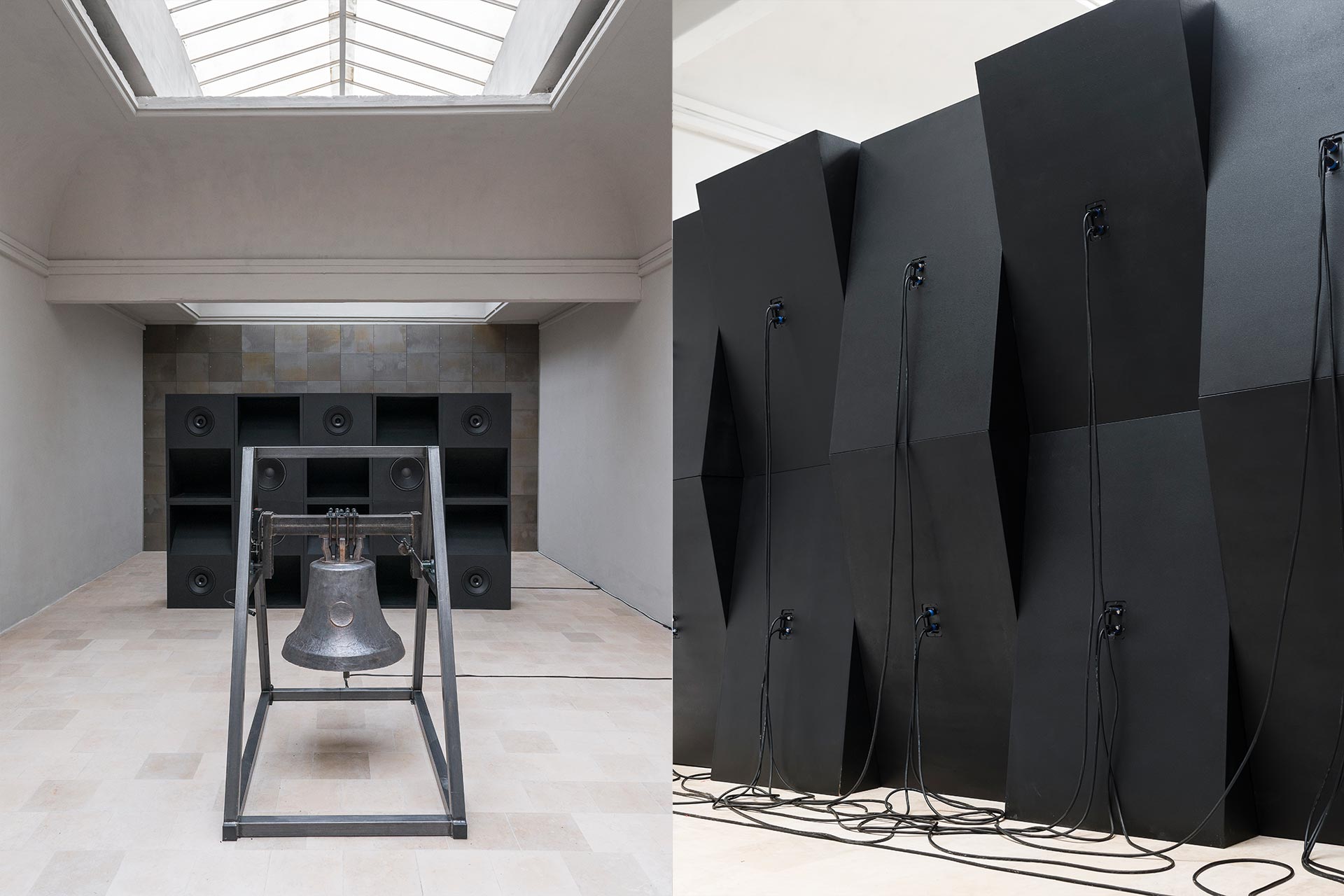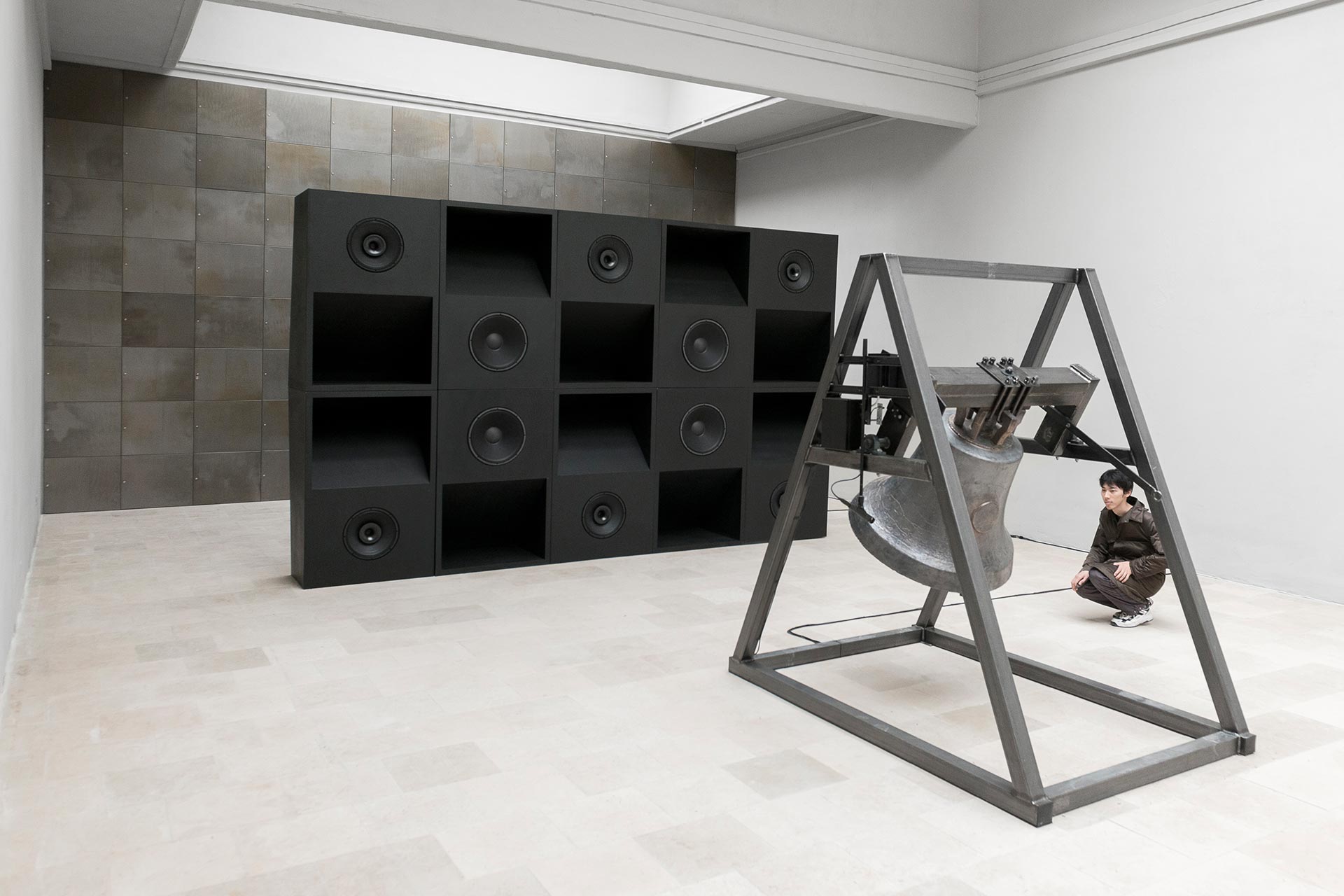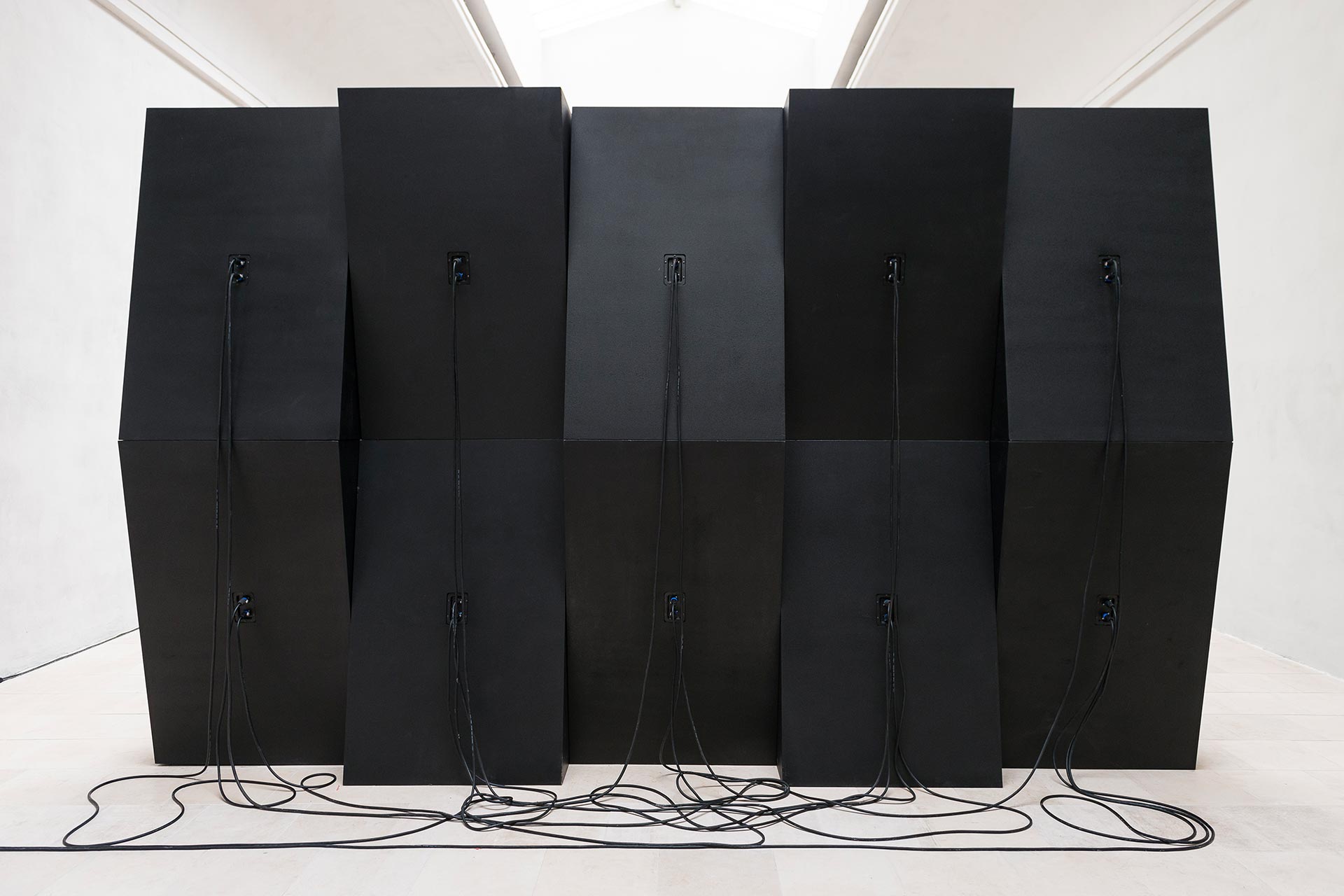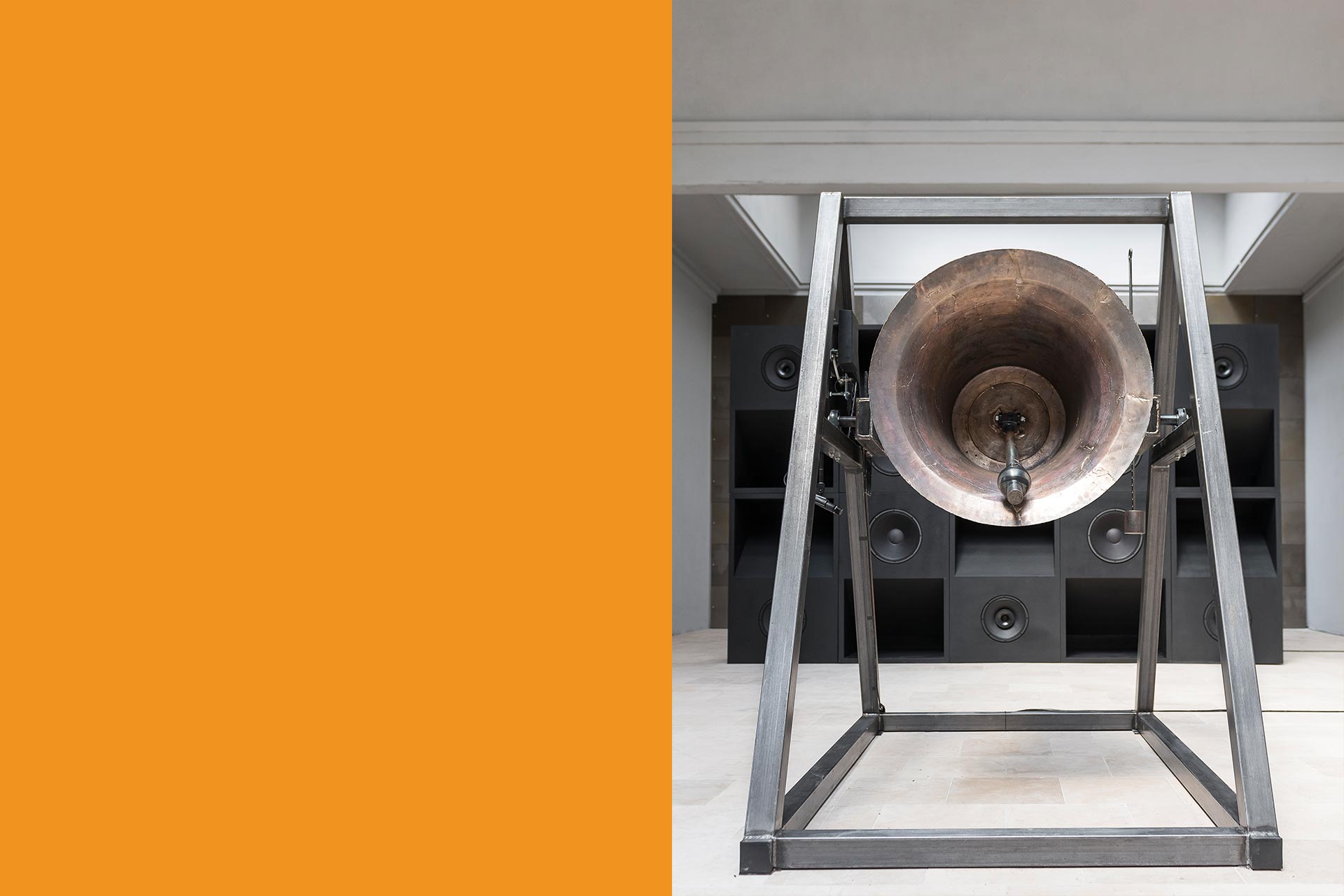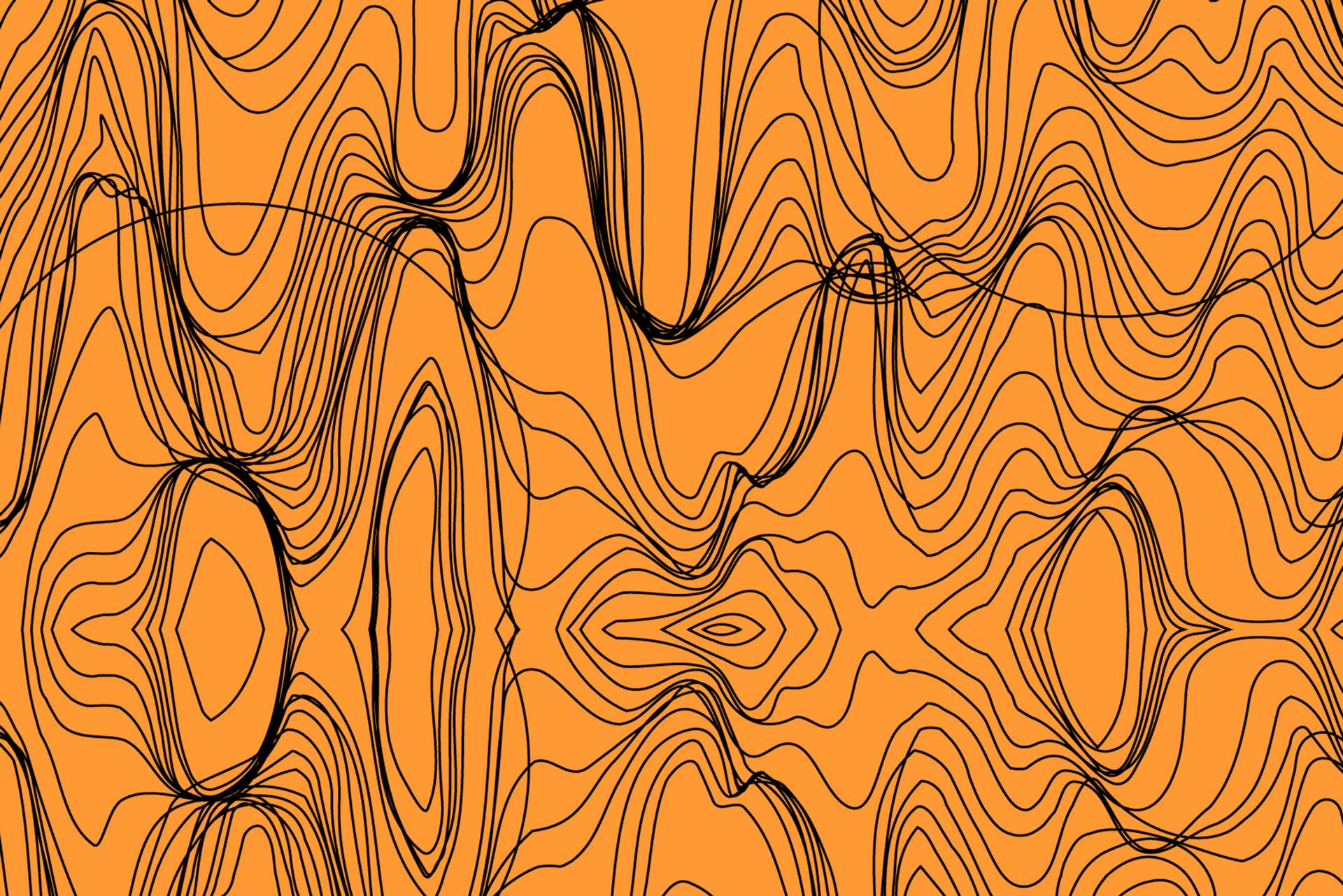la Biennale di Venezia
CentrePasquArt
Zachęta – National Gallery of Art
Konrad Smoleński, an active participant in both the independent music scene and the visual art scene, blends punk-rock aesthetics with minimalist precision. Everything Was Forever, Until it Was No More is a sculptural instrument that reproduces, at regular intervals, a music piece written for bronze bells, wide range loudspeakers, and other resonating objects. The composition is based on a contrast between the symbolically rich sound of the bells and the abstract resounding noise. By using a delay effect, Smoleński offers an insight into a world where history has come to a standstill, thereby approaching the radical propositions of contemporary physics with its perception of the passage of time as an illusion. The exhibition is accompanied by a publication featuring texts by Craig Dworkin, Alexandra Hui, Andrey Smirnov, as well as Daniel Muzyczuk and Agnieszka Pindera, who, in their previous projects undertaken together or individually, have already commented on the problems pertaining to the field of the history of science and sound. Supplementing this interdisciplinary book are interviews with a physicist Julian Barbour, a philosopher Simon Critchley, a legend of electro acoustic music Eugeniusz Rudnik, and the curator Thibaut de Ruyter.
10 October – 16 November 2013
Zachęta – National Gallery of Art
Konrad SmoleńskiEverything Was Forever, Until It Was No More - Time Test
Curators: Daniel Muzyczuk & Agnieszka Pindera
Collaboration on the part of Zachęta: Joanna Waśko
Audio equipment: Tomasz Marek Stage Service
Organizer of the exhibition: Zachęta — National Gallery of Art, Warsaw
www.zacheta.art.pl
6 July – 17 August 2014
CentrePasquArt/Kunsthaus Centre d'Art — Biel/Bienne
Konrad SmoleńskiEverything Was Forever, Until It Was No More - Time Test
Exhibition curators: Daniel Muzyczuk and Agnieszka Pindera with Felicity Lunn
Assistant: Damian Jurt
Engineer: Paolo Merico
Audio equipment: Tomasz Marek Stage Service
Organizer of the exhibition: CentrePasquArt
www.pasquat.ch
Exhibition co-organized by Zachęta — National Gallery of Art, Warsaw
www.zacheta.art.pl
1 June – 24 November 2013
The Polish Pavilion at the 55th International Art Exhibition — la Biennale di Venezia Venice
Konrad SmoleńskiEverything Was Forever, Until It Was No More
Polish Pavilion Commissioner: Hanna Wróblewska
Exhibition Curators: Daniel Muzyczuk and Agnieszka Pindera
Assistant Commissioner: Joanna Waśko
Organizer of the exhibition: Zachęta — National Gallery of Art, Warsaw
www.zacheta.art.pl
Bells’ casting: Kruszewski Brothers Bell Foundry
Bells’ construction assembly and engine: PRAIS Company
Audio equipment: Tomasz Marek Stage Service
Architecture: Agnieszka Staszek and Anna Galek
Photo documentation: Bartosz Górka
Graphic design: Dagny and Daniel Szwed – Moonmadness
Web development: Rafał Jara - Fabric
Polish participation in the 55th International Art Exhibition in Venice was made possible through the financial support of Ministry of Culture and National Heritage of the Republic of Poland.
The exhibition is organized in cooperation with the Adam Mickiewicz Institute.
Shipping Sponsor: FF Fracht
Acknowledgements:
Steve Albini, Maciej Formanowicz, Magdalena Formanowicz, Maria Florczuk, Ania Galek, Bartosz Górka, David Grubbs, Mats Gustafsson, Alexandra Hui, Rachel Kamins, Leszek Knaflewski, Marta Kołakowska, Katarzyna Krakowiak, Michał Kupicz, Michał Libera, Jarosław Lubiak, Małgorzata Ludwisiak, Ewa Łączyńska-Widz, Paweł Polit, Vincent Ramos, Robert Rumas, Agnieszka Staszek, Jarosław Suchan, Dagny i Daniel Szwed, Justyna Wesołowska, Adam Witkowski, Alexei Yurchak.




